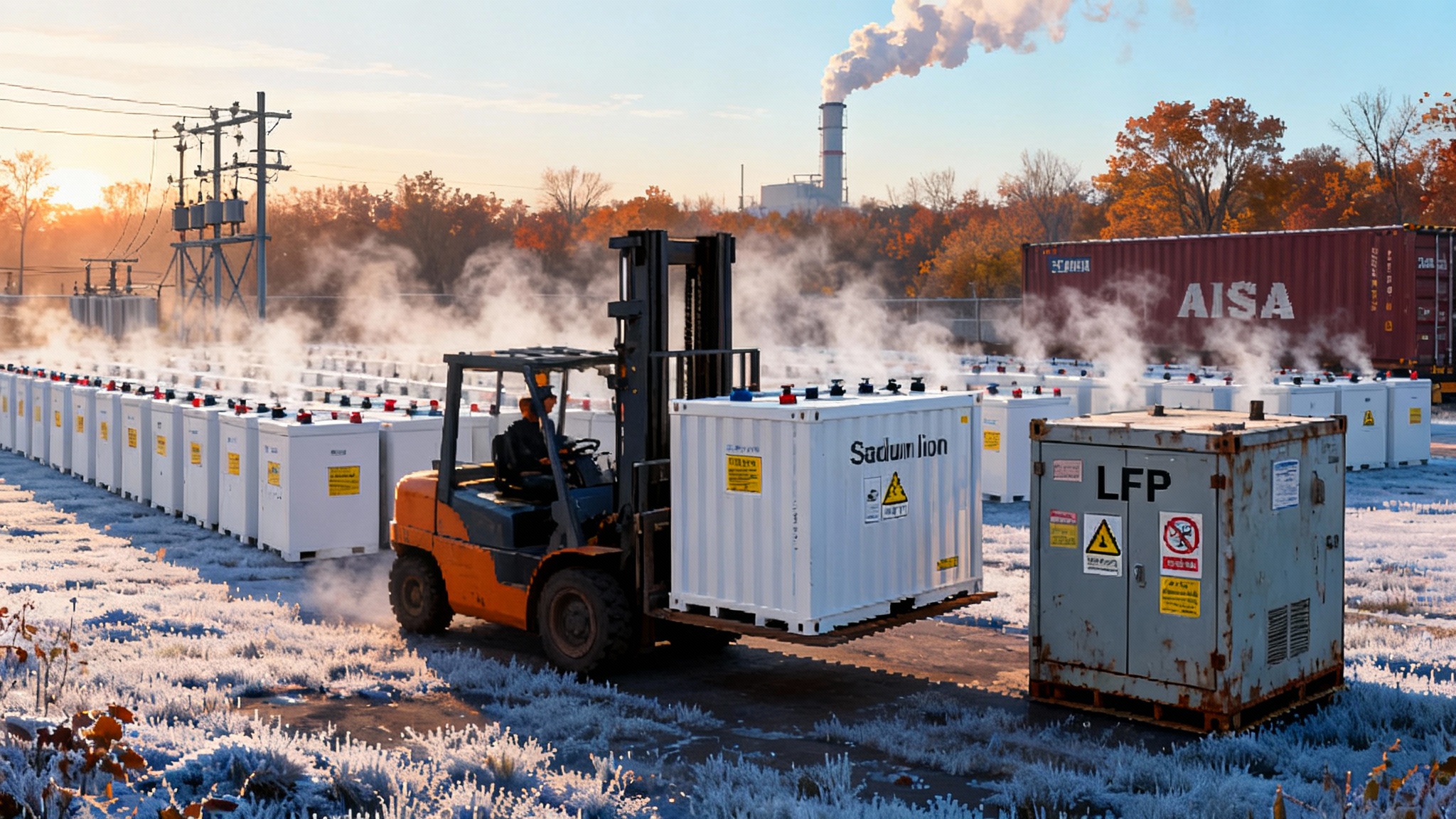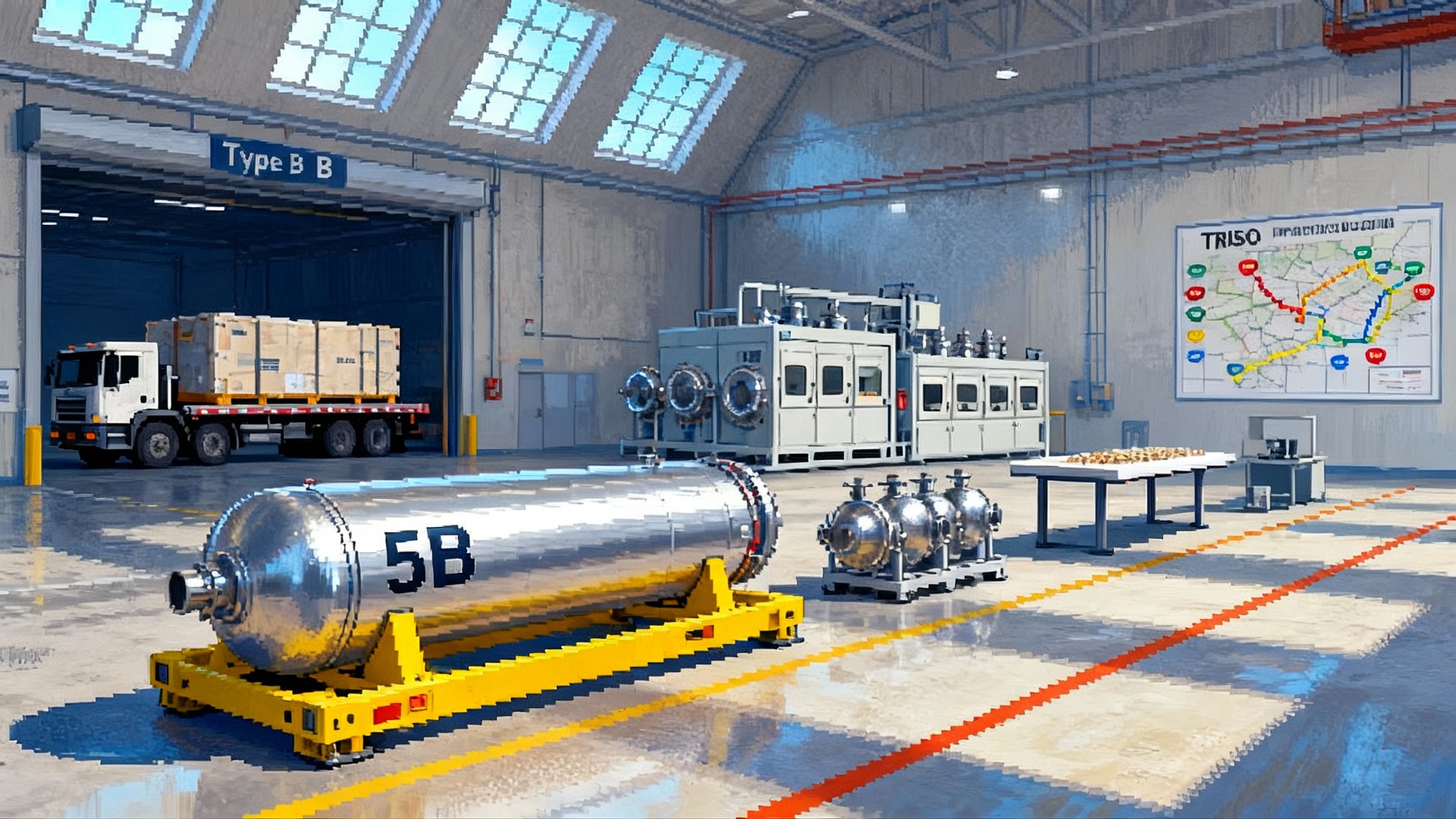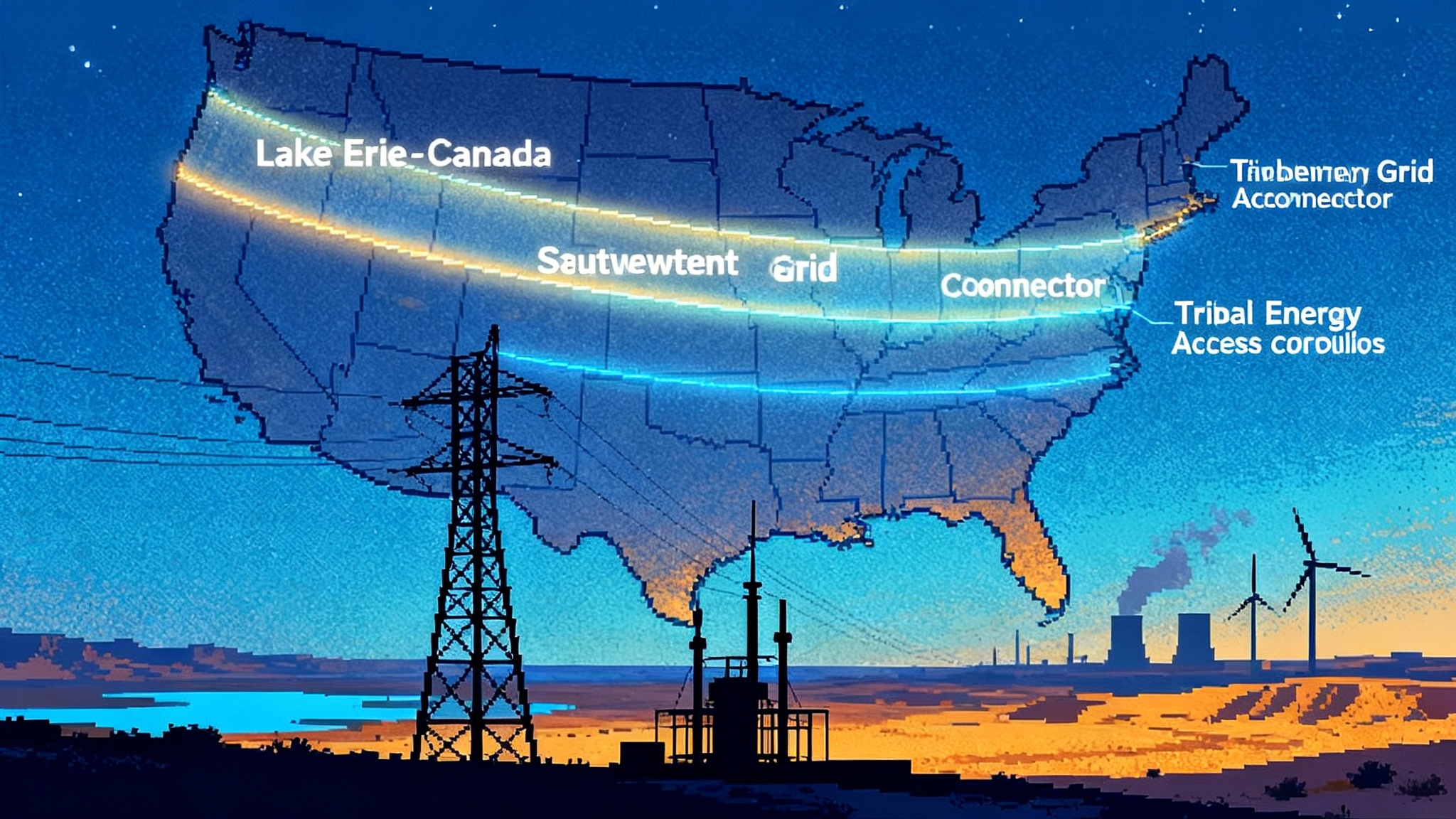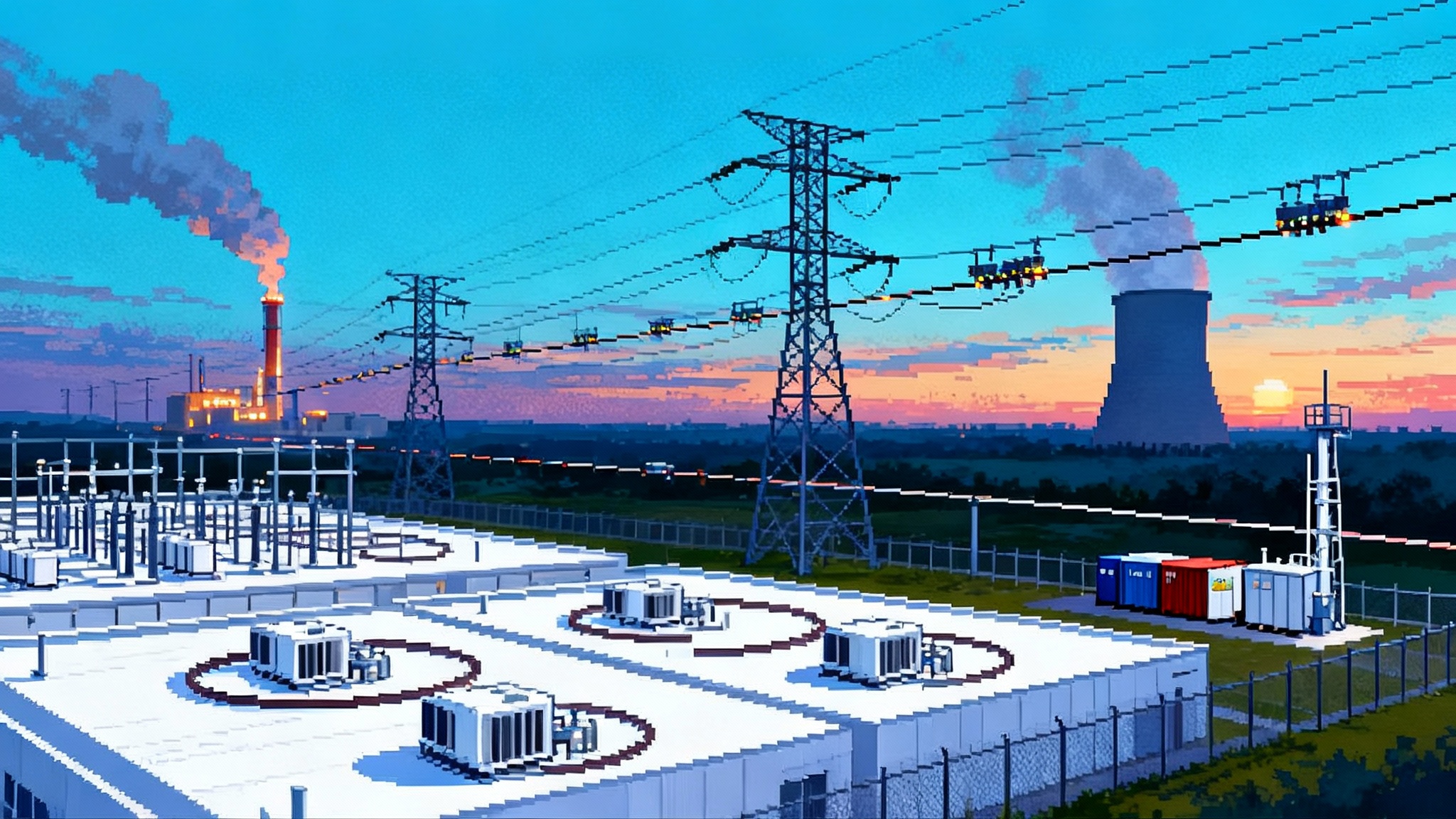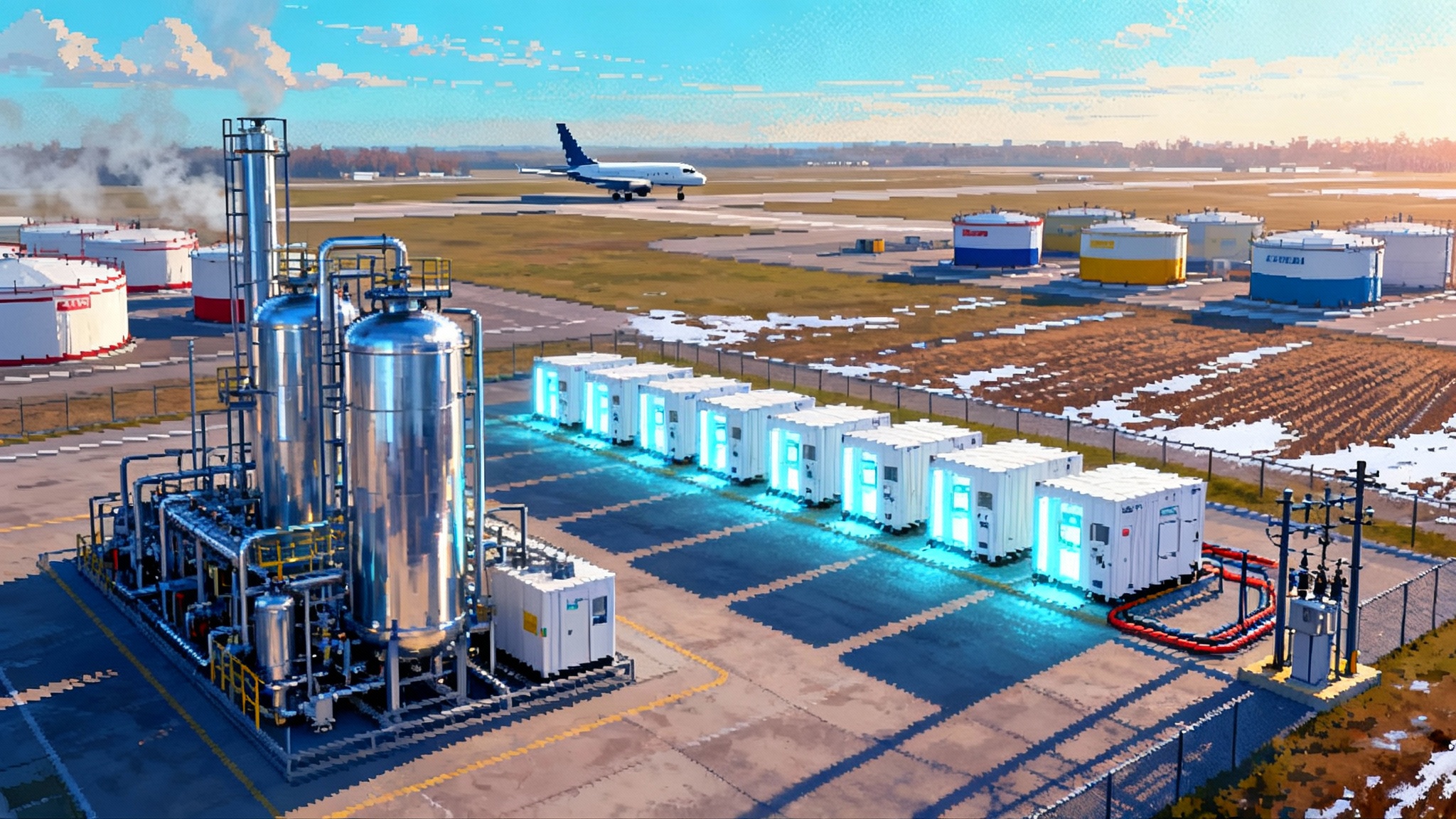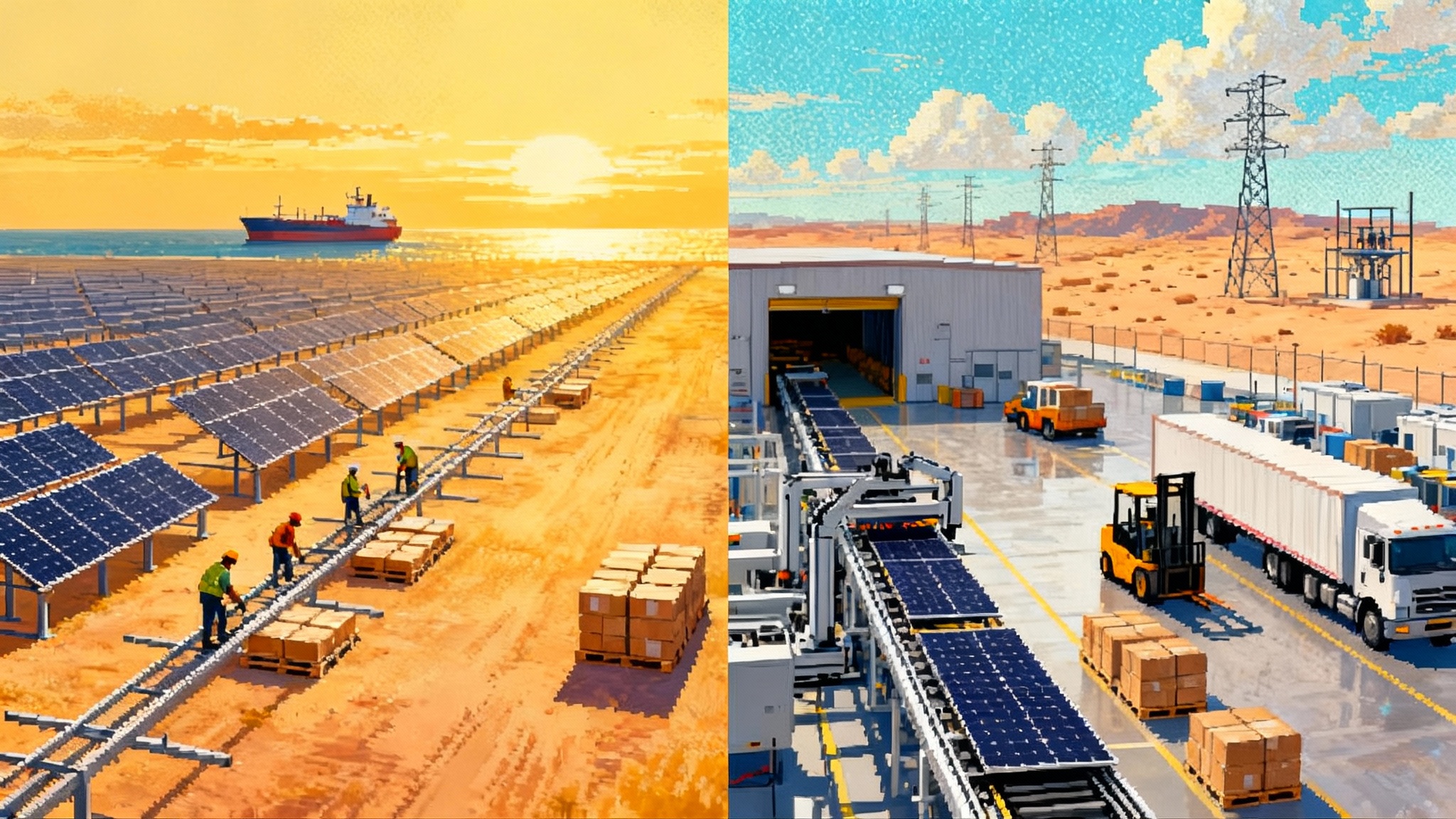America’s Nuclear Reboot in 2025: Approvals, Restart, Build
Three 2025 milestones moved U.S. nuclear from talk to action: a new SMR design approval, a historic Palisades restart path, and the first advanced reactor EIS. Here is how utilities, data center buyers, and states can turn that momentum into multi-gigawatt orders by 2027.
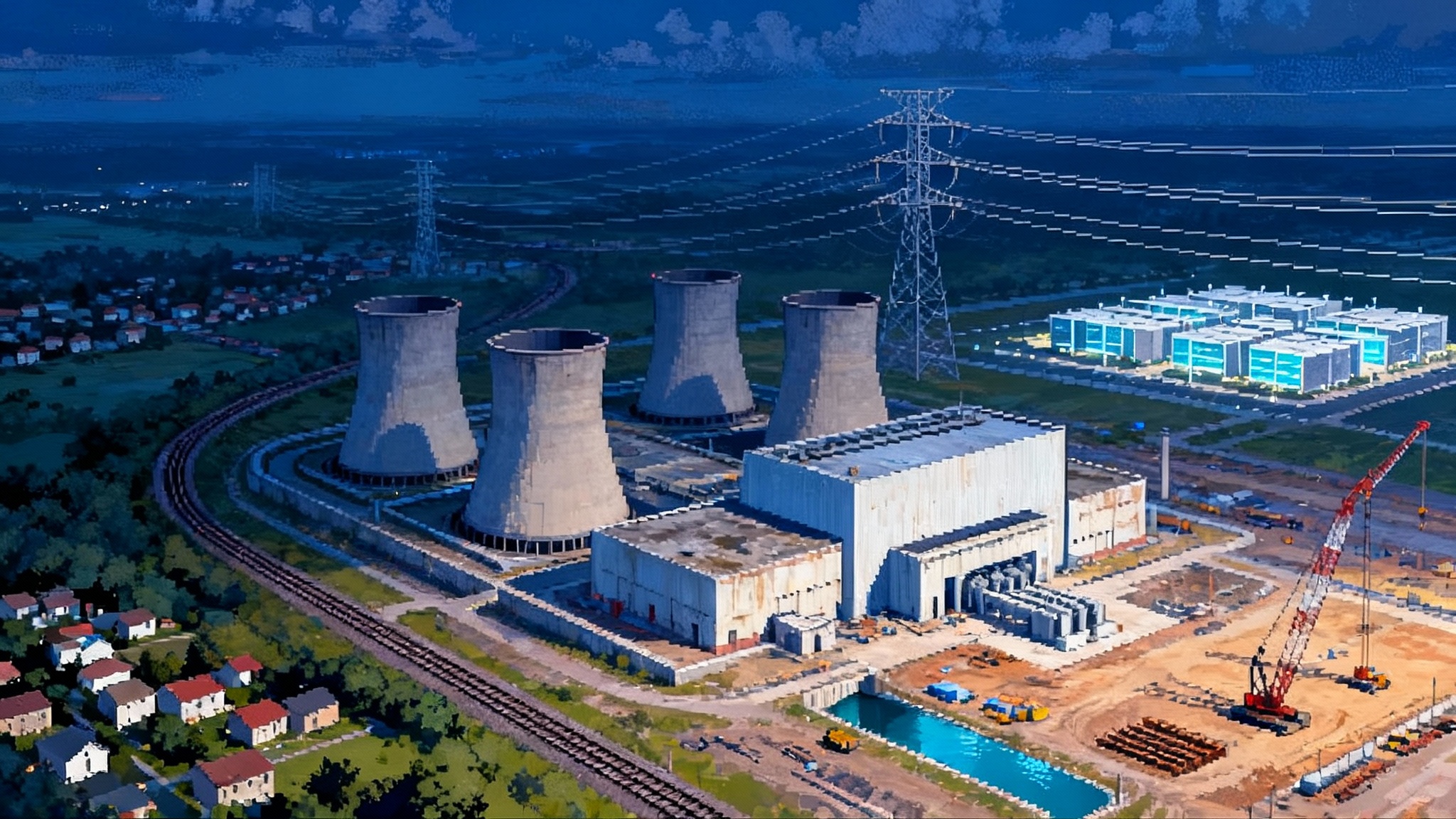
The year the build decade begins
If you work in power, 2025 felt different. Three quiet but pivotal milestones reshaped the U.S. nuclear conversation from "someday" to "start now." The Nuclear Regulatory Commission issued a final environmental impact statement for TerraPower's first-of-a-kind Natrium reactor in Wyoming, clearing a key federal hurdle for the project's construction permit. You can read the agency's summary in the NRC's final EIS for Kemmerer. At the same time, NuScale's uprated 77 megawatt electric module secured Standard Design Approval, giving utilities a regulator-reviewed blueprint they can cite in license applications. And in Michigan, the Palisades plant made history by moving from decommissioning back toward operation after the NRC reauthorized the operating license and the site transitioned to operational status, positioning it to become the first commercial reactor ever restarted in the United States.
These are not press releases chasing headlines. They are the kinds of decisions that let engineers order steel, let site managers book cranes, and let chief financial officers lock in financing. Put together, they mark the start of a practical build decade, not a speculative one.
Why this momentum is different
Past waves of nuclear enthusiasm often faded because key prerequisites were missing. In 2025, several of those pieces finally landed on the table.
-
A standard design on the shelf. The NRC's Standard Design Approval for NuScale's 77 megawatt electric module means applicants can reference an approved safety case rather than arguing from scratch. That shortens schedule risk and reduces the amount of novel engineering a utility must carry on its balance sheet before a shovel hits dirt.
-
A first advanced reactor environmental review is done. An environmental impact statement, known as an EIS, can be the long pole in the tent for new projects. TerraPower's favorable EIS for Kemmerer Unit 1 is the first of its kind for a commercial advanced reactor, and it establishes precedent for how the NRC and the Department of Energy review new designs that blend nuclear heat with thermal storage.
-
A visible restart. Palisades shifts the narrative from "can we build" to "we can return a complex nuclear asset to service." The site's progress in 2025 reactivates an experienced workforce, validates training pipelines, and shows lenders that orderly nuclear execution is not ancient history.
-
Utility-led siting. Tennessee Valley Authority filed a construction permit application for a General Electric Hitachi BWRX-300 small modular reactor at Clinch River in Oak Ridge. Dow's Long Mott project in Texas moved its X-energy high-temperature gas-cooled reactor to detailed review at the NRC. These are industrial incumbents putting skin in the game at real sites with real interconnections.
The common thread is not a single technology. It is process maturity. Licenses, permits, and training accreditations are lining up in a sequence that project managers can plan around.
Demand changed the calculus
Electricity growth in the United States is no longer a rounding error. Data centers that power artificial intelligence, cloud services, and high-performance computing, along with new manufacturing loads and electrification, are pushing utilities to plan for sustained increases in both energy and capacity. As we showed in AI's gigawatt appetite, large digital buyers are already mapping multi-gigawatt campuses and signing long-term power agreements. They want firm, carbon-free power that runs when the wind is still and the sun is down, and they want it near their substations.
This demand changes nuclear project math in three ways:
-
Long-duration, creditworthy offtake appears earlier. Hyperscalers and industrials are willing to sign 15 to 20 year contracts for clean, firm power. That pulls revenue certainty forward and lowers the weighted average cost of capital.
-
Location matters more than ever. Coal-to-nuclear siting at retired thermal plants can reuse switchyards, transmission corridors, cooling water, rail access, and a local workforce. That reduces both cost and risk compared with greenfield sites.
-
Multi-site programs beat one-off projects. Data centers scale campus-by-campus; utilities plan in portfolios. A standard reactor and a standard balance of plant repeated across several sites compresses engineering hours and lets suppliers run continuous production rather than start-start batches.
The financing unlock: technology-neutral credits with clarity
The Inflation Reduction Act replaced old technology lists with performance-based clean electricity credits that apply to nuclear. In January 2025, the Treasury Department and Internal Revenue Service finalized rules for the Clean Electricity Production Credit (section 45Y) and the Clean Electricity Investment Credit (section 48E). The final rules confirmed that projects placed in service after 2024 can elect either a per kilowatt hour production credit or an upfront investment credit, and they clarified how prevailing wage and apprenticeship requirements, energy community bonuses, and domestic content bonuses work. See Treasury's announcement: final rules for sections 45Y and 48E.
For nuclear developers, two features stand out:
-
Transferability. Project owners can sell either credit to taxpayers with liability, turning tax attributes into near-cash. A robust transfer market lets utilities and independent power producers monetize credits without complex tax equity partnerships, which historically limited the pool of nuclear investors.
-
Choice of credit form. A project that needs upfront balance sheet relief can elect the investment credit; a project with strong long-term offtake and capacity payments can elect the production credit. The ability to model both paths and choose late in development is valuable risk management.
A simple example shows the impact. Consider a four-unit small modular reactor site rated around 1.2 gigawatts in aggregate. If the project qualifies for the investment credit at 30 percent and earns one 10 percent bonus for energy community siting, a 40 percent credit on eligible basis could cover a meaningful portion of nuclear-island and site preparation costs. If the same project elects the production credit and meets labor rules, the ten-year stream of per kilowatt hour credits can be sold forward under a transfer agreement, creating a predictable revenue backstop that lowers the blended cost of capital. Either way, the credits convert into concrete outcomes: lower customer rates, more competitive bids into capacity markets, and higher probability of financial close.
A realistic 2026-2032 pipeline
What might a pragmatic nuclear buildout look like if utilities and large buyers use today's momentum well?
-
2026 to 2027: Front-end work hardens. Clinch River's construction permit advances. Long Mott completes its detailed technical review. The first standardized purchase agreements for small modular reactors, often called SMRs, bundle sites and long-lead components across three to five utilities. Palisades returns to service and proves restart playbooks. TerraPower finalizes construction planning for the energy island and continues nuclear-island licensing.
-
2027: Order window opens. Portfolio buyers place conditional orders for multi-gigawatt programs, tied to component framework contracts. Manufacturers commit to dedicated production runs for reactor pressure vessels, steam turbines, large valves, and heat exchangers. A handful of states enact streamlined state-level permits keyed to sites with existing environmental reviews or coal plant retirements.
-
2028 to 2029: First-of-a-kind projects go vertical. TerraPower's Kemmerer project builds the energy island while the nuclear island license completes. Clinch River completes site work and safety-related excavation. One or two additional coal-to-nuclear conversions enter site preparation. University and community college pipelines turn out hundreds of additional reactor operators, welders, and electricians per year, supported by utility scholarships.
-
2030 to 2032: Fleet effects emerge. First SMR units enter operation, followed by a second wave within 12 to 18 months at sister sites that reuse the same drawings and procedures. Data center campuses co-locate at two or three of these sites, purchasing a blend of fixed and indexed power that matches their growth. A dozen or more gigawatts are either online or under firm construction contracts.
This is not a moonshot schedule. It assumes three ingredients: standardized designs, portfolio procurement, and a permitting rhythm that becomes predictable rather than heroic.
Coal-to-nuclear is the fastest lane
Closing coal plants leaves behind valuable assets. A retired coal site offers a graded pad, rail spurs, ash ponds that can be remediated into laydown space, water rights, and transmission that already connects to load. It also has neighbors who understand heavy industry and local officials who grasp the tax base at stake. For a small modular reactor, swapping a boiler for a nuclear heat source and marrying it to an existing turbine hall footprint can save time and money. Not every site will qualify, but the best ones can save years.
How to work this pathway:
-
Screen sites by grid value first. Target locations where new firm capacity avoids expensive network upgrades or relieves a congested node. The highest avoided cost wins.
-
Lock transmission early. Use existing interconnection rights where available and file uprate or replacement studies before competing projects crowd the queue. For policy tailwinds and siting shortcuts, see the 2026 transmission pivot.
-
Bring labor to the table. Coal craft workers are a natural bridge to nuclear welding, pipefitting, and electrical work. Joint training with local unions and community colleges can compress qualification timelines.
Standardization beats customization
Nuclear projects lose time and money when every site is a bespoke design. The 2025 approvals lift the biggest excuse for one-offs. The fastest path forward is to standardize relentlessly.
-
Common reactor building and balance of plant. Use a single set of drawings for multiple sites with site adaptation limited to foundations, cooling circuits, and switchyard tie-ins.
-
Multi-year component frameworks. Vendors for large forgings, control rod drive mechanisms, valves, and pumps need predictable volumes. Utilities should commit to three-year and five-year purchase bands that let suppliers invest in tooling and second shifts.
-
Repeat the startup playbook. Commissioning procedures, operator training simulators, and cyber and physical security accreditation should be identical across the fleet wherever the license allows it.
The remaining chokepoints to attack now
Permitting cadence
Even with strong federal progress, a stop-start cadence at the state and local level can erase gains. Developers should pursue memoranda of understanding with state environmental agencies to sequence permits in a fixed order, with fixed comment windows, and with a single cross-agency calendar published upfront. Where legislation is needed, ask for a unified docket for energy projects on previously industrialized land.
Component lead times
Global supply for large nuclear-grade equipment is thin. Reactor vessels, specialty valves, safety-related instrumentation and control cabinets, and large heat exchangers can face 24 to 36 month lead times. The answer is not to hope. It is to aggregate. Multi-buyer commitments for a defined bill of materials let fabricators reserve furnace time and book test bays. Tie slightly higher near-term pricing to firm delivery dates and downturn protections so suppliers can staff up without fear.
Workforce depth
The United States will need thousands more licensed operators, radiation protection technicians, nuclear-qualified welders, non-destructive examination specialists, and construction managers. The shortest route is to scale three pipelines in parallel:
-
Upskill adjacent trades. Fund nuclear endorsements for electricians and pipefitters already certified to industrial standards. Pay stipends tied to completion and first outage worked.
-
Rehire and mentor. Bring back experienced operators from retiring plants as instructors and shadow supervisors. Pay a premium for the first two years while new crews gain hours.
-
Build accredited programs. Partner with the National Academy for Nuclear Training to accredit utility programs at the earliest stage and use the same curricula across multiple sites. Consistency is the force multiplier.
Fuel for advanced reactors
High-assay low-enriched uranium, the fuel many advanced reactors use, remains constrained. As we detailed in the 2025 HALEU sprint, developers should place multi-year orders now with domestic enrichers and fabricators, and use options to match fuel delivery to construction milestones. Portfolio buyers can underwrite these orders as part of their offtake packages, since fuel assurance reduces schedule risk.
What utilities and large buyers should do before 2027
Utilities
-
Pick two designs and commit. Do not chase every option. Select one light-water SMR and one advanced design for portfolio diversity. Announce a multi-site plan and a target order date.
-
Bundle sites. Tie three or more sites into one procurement so a single engineering and construction team can move from site to site without demobilizing.
-
Align with the credit path. Pre-model both the 45Y production credit and the 48E investment credit with transferability. Decide which path you will elect at financial close, and pre-register for credit transfers so cash arrives when invoices do.
Large buyers, including data center operators and manufacturers
-
Contract for firm, clean blocks. Sign contracts for 100 to 500 megawatt blocks that start between 2030 and 2032, with options for expansion. Keep pricing transparent and index only what you must.
-
Co-site selectively. Where water, land, and local policy line up, co-locate at repowered thermal sites to shorten interconnection timelines and reduce curtailment risk.
-
Monetize credits. If the project elects the production credit, offer to purchase transferred credits at a pre-agreed price floor. If the project elects the investment credit, provide bridge financing at a discount to the expected credit sale proceeds.
States
-
Set up a one-stop permit desk for repowering industrial sites. Publish a checklisted timeline. Guarantee 180-day decisions where federal reviews are complete.
-
Align workforce money with named projects. Fund classes that start when site work starts. Measure completion and placement, not enrollments.
The signal to suppliers: it is time to scale
From the perspective of a forge, a pump maker, or a controls integrator, 2025 was the year customers started acting like real buyers. NuScale's design approval, TerraPower's EIS, and the Palisades restart program give suppliers confidence that projects will not slip into the indefinite future. What they need now are multi-year volumes. If portfolio buyers place initial orders by 2027, suppliers can open additional shifts in 2028, ship first sets in 2029, and support synchronized startups in 2030 to 2032.
A pragmatic conclusion
Nuclear power does not need fanfare to succeed in the United States; it needs sequence, repetition, and cash flows that match construction. In 2025, those conditions finally came together. A first advanced reactor EIS, a fresh small modular design approval, and a historic restart moved nuclear from wish list to work list. Technology-neutral credits now convert kilowatt hours and capital budgets into bankable revenue. Rising data center demand is no longer an abstract idea; it is a site plan with a substation and a date.
The next move belongs to buyers. Utilities and hyperscalers that want clean, firm power at scale have a two-year window to lock in sites, components, and crews. If they place multi-gigawatt orders by 2027, the United States can bring a new fleet online early in the next decade. If they wait, the queue will fill with someone else's steel. The reboot is real; making it durable is a choice we can make on purpose.
